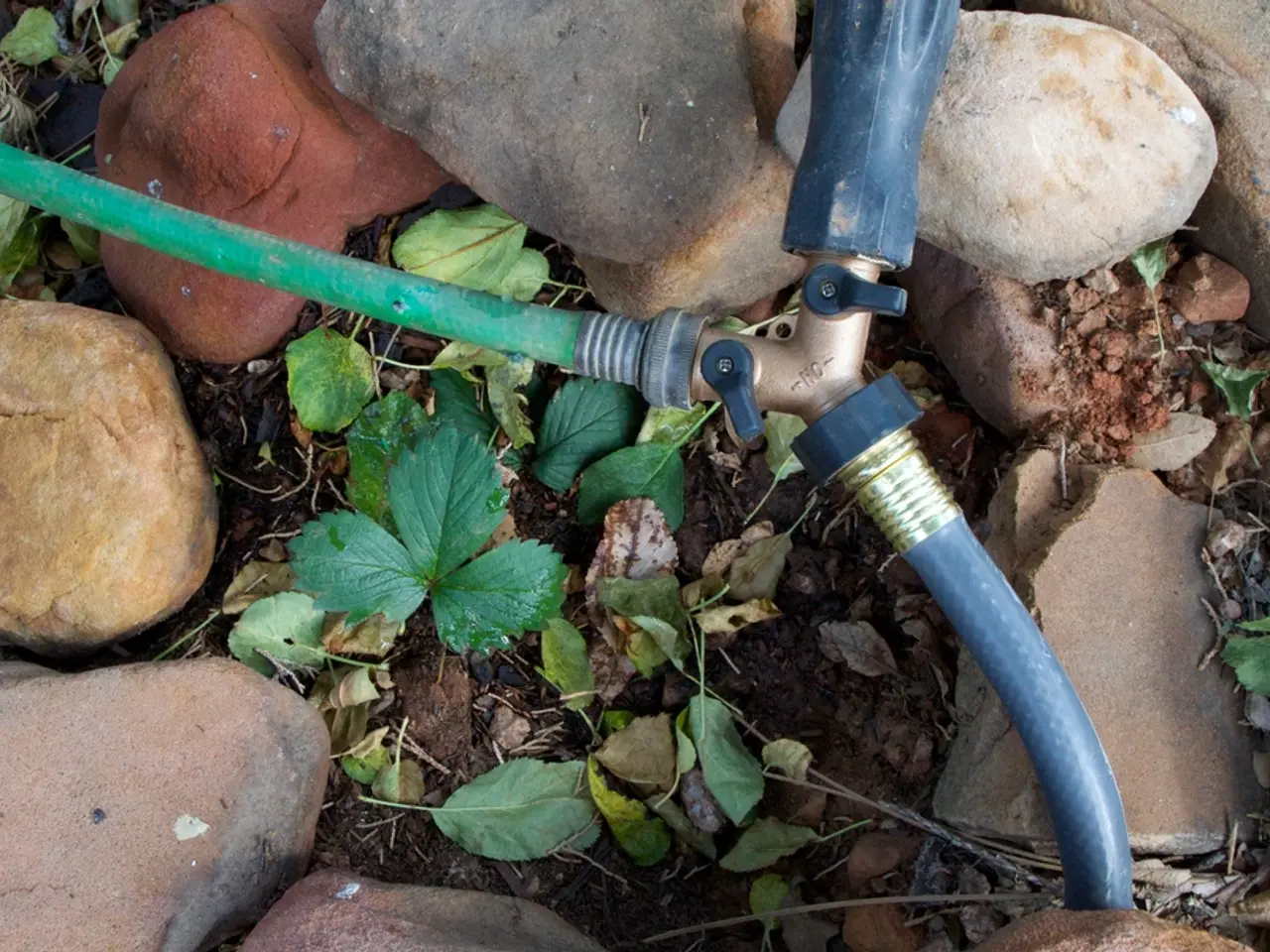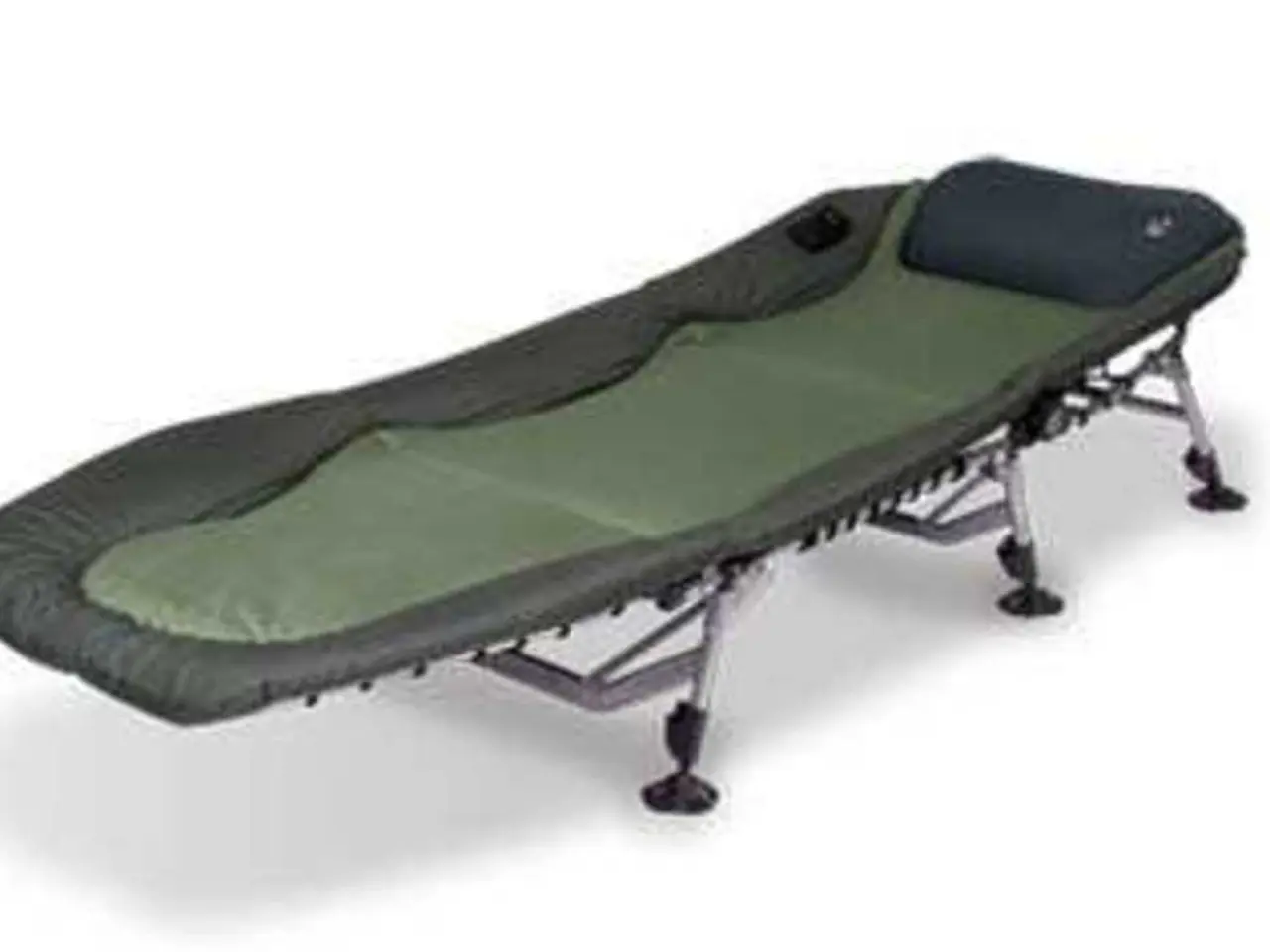Differentiating Borderline Personality Disorder from Bipolar Disorder
Borderline Personality Disorder (BPD) and Bipolar Disorder are two distinct mental health conditions that share some similarities but have distinct differences in their symptoms, causes, and treatments.
Borderline Personality Disorder (BPD) is characterized by rapid, intense mood swings that are reactive to interpersonal events, such as fear of abandonment or criticism. These shifts can occur within hours or even minutes. On the other hand, Bipolar Disorder involves episodic mood changes lasting days to weeks or longer, with distinct periods of mania/hypomania and depression, often not directly triggered by external events.
People with BPD experience an ongoing cycle of varying self-image, moods, and behaviours, and may struggle with unstable relationships. In contrast, people with Bipolar Disorder may have difficulty maintaining relationships due to the severity of their symptoms, particularly during manic episodes.
Treatment options also differ significantly. Dialectical Behaviour Therapy (DBT) is the most evidence-based and widely recommended therapy for BPD, focusing on emotion regulation, coping skills, and interpersonal effectiveness. Psychotherapy is also the most common treatment for BPD.
Bipolar Disorder is often treated with a combination of medications, such as mood stabilizers, antipsychotics, and antidepressants, and psychotherapy to manage episodes and improve functioning.
Understanding these distinctions is crucial to avoid misdiagnosis and ensure appropriate treatment. Both disorders share some symptoms like mood instability and impulsivity, but their course, causes, symptom patterns, and management differ substantially.
Approximately 75% of people with BPD have self-harmed, while the suicide attempt rate is higher in people with Bipolar Disorder than those with BPD. Cognitive Behavioural Therapy (CBT) can help people with Bipolar Disorder manage the challenges posed by their condition and treat other mental health issues such as anxiety and PTSD.
For those in crisis and considering suicide or self-harm, help is available. The 988 Lifeline, Crisis Text Line, and Befrienders Worldwide offer support and assistance.
[1] American Psychiatric Association. (2013). Diagnostic and Statistical Manual of Mental Disorders (5th ed.). Arlington, VA: American Psychiatric Publishing. [2] National Institute of Mental Health. (2020). Borderline Personality Disorder. Retrieved from https://www.nimh.nih.gov/health/topics/borderline-personality-disorder/index.shtml [3] National Institute of Mental Health. (2020). Bipolar Disorder. Retrieved from https://www.nimh.nih.gov/health/topics/bipolar-disorder/index.shtml [4] Linehan, M. M. (2015). DBT Skills Training Manual. New York: Guilford Press. [5] Gunderson, J. G., & Sabatino, C. M. (2011). Borderline Personality Disorder: A Clinician's Guide to Diagnosis and Treatment. New York: Oxford University Press.
- It's important to note that HIV isn't directly related to Borderline Personality Disorder (BPD) or Bipolar Disorder, but it's essential to maintain overall health-and-wellness, including mental and physical health.
- In the realm of science, McLean Hospital's Science of Mind and Behavior program specializes in studying and treating BPD and Bipolar Disorder, contributing significantly to mental health research.
- While a person with BPD might struggle with unstable relationships, those with Bipolar Disorder may be more prone to difficulties during manic periods due to impulsive behavior and poor judgment, a symptom they share with individuals with a borderline personality disorder.
- Science has shown that managing MDD (Major Depressive Disorder) and other comorbid mental health issues can be facilitated using cognitive-behavioral therapy (CBT), a treatment strategy that's also beneficial for people with Bipolar Disorder.
- Asthma, unlike BPD and Bipolar Disorder, is a physical health condition that's typically managed with medication and lifestyle modifications, involving self-monitoring and avoiding triggers to improve overall health and wellness.




